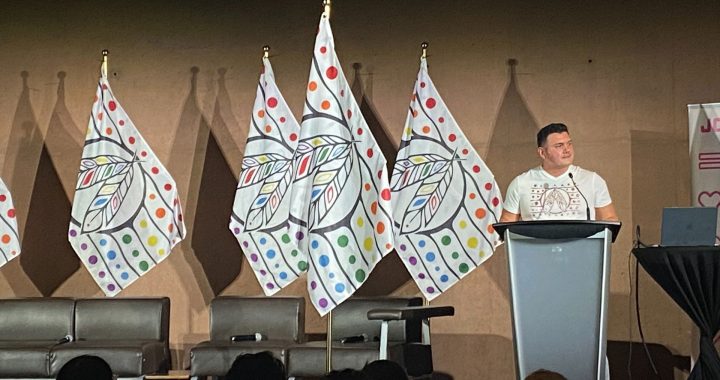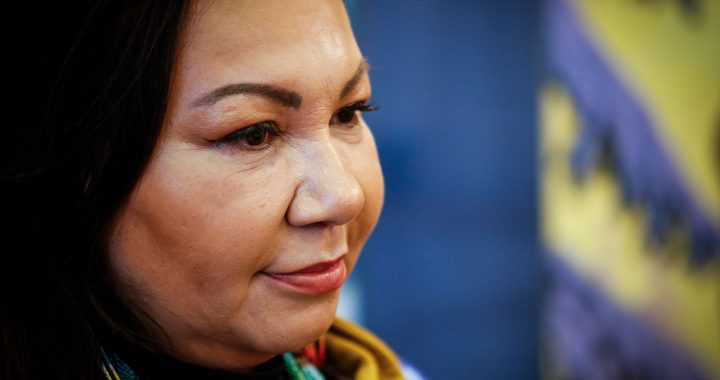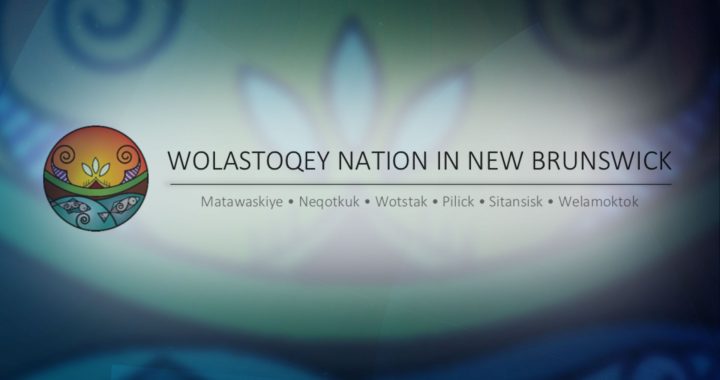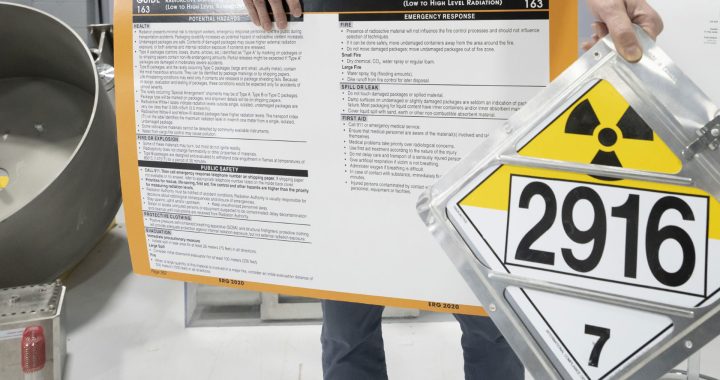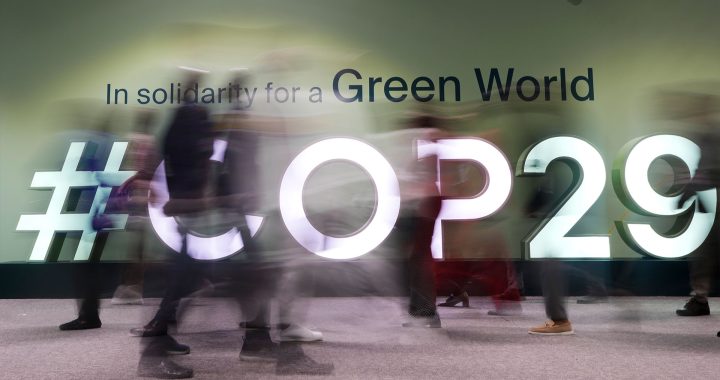While serious concerns remain over the availability of essential resources such as test kits and personal protective equipment, leaders and health officials say community-led checkpoints and non-essential travel bans kept COVID-19 numbers relatively low in many First Nations communities.
The federal committee on Indigenous and Northern Affairs convened virtually Friday afternoon, where witnesses urged provincial and federal governments to cooperate with local First Nations leaders as the country anticipates a possible second wave of the novel coronavirus pandemic.
“We have 33 communities and during the height of this we had 27 of them that restricted road access coming in,” said Tara Campbell, executive director of Saskatchewan’s Northern Inter-Tribal Health Authority (NITHA).
“Just that alone helped with stopping transmission.”
AFN Quebec-Labrador Chief Ghislain Picard agreed.
“Two weeks ago, I remember there were at least 30 of 43 communities that had these checkpoints controlling access to their communities,” he said.
“That gives results. That prevents the transmission of the virus.”
Though the pandemic hit the primarily Metis and Dene region of northwestern Saskatchewan hard, most cases were in municipalities. The hardest hit First Nations reserve under NITHA’s jurisdiction, Clearwater River Dene Nation, had 30 cases – while La Loche village nearby had over 150.
As the outbreak continued, Saskatchewan’s top doctor instituted a public health order banning non-essential travel in and out of the north, which created tension when the province assumed jurisdiction over the already existing road checks.
The checkpoints also created tensions in Picard’s region. The town of Oka and the Mohawk territory of Kanesatake are at odds after Kanesatake decided to continue restricting access even as the province reopens.
Media and members of the public started calling those checkpoints “blockades,” though both the Quebec premier Francois Legault and the minister of Indigenous Services Marc Miller emphasized the legitimacy of the acts – a sentiment Picard echoed.
“The chiefs were faced with a situation where they had no other choice but to make drastic decisions to control the access and egress to and from their communities,” he said.
Campbell and Picard were joined by officials from the First Nations Health Authority (FNHA) in British Columbia. Both NITHA and FNHA are uniquely designed to help First Nations take control over regional health-care delivery.
Richard Jock, interim chief executive officer at FNHA, said the organization succeeded in making sure “First Nations aren’t caught in the jurisdictional gap.”
Campbell agreed and finished her presentation with a familiar call for governments to act.
“A path forward is needed to address the realities of overcrowding and historic underfunding of health service and access,” she said.
“It is our hope that this pandemic will elevate these realities and result in more collaboration and support from government in ensuring a seamless health service delivery for Indigenous people.”
– With files from Todd Lamirande




